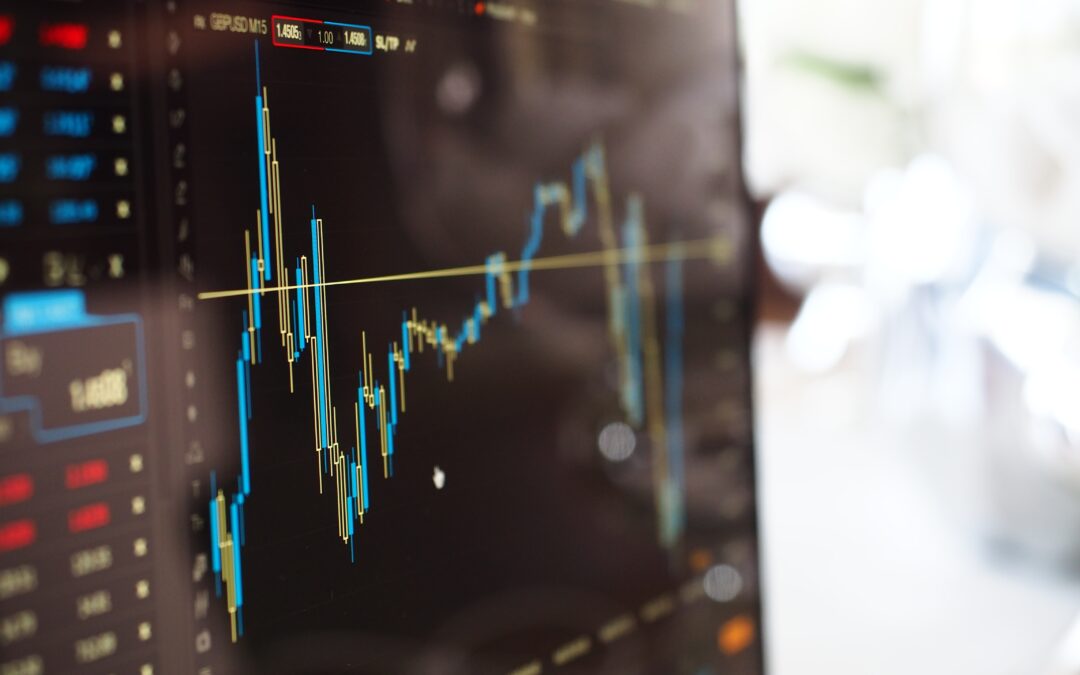The Bear is Back
The S&P 500 has recently slid into a bear market due to inflation and fears of a recession.
On Wednesday, as expected, the Fed announced a 0.75% interest rate hike.1 That may not sound like much, but it’s the largest single rate increase since 1994. 1 To keep you up to date on what’s going on, let’s do a quick Q&A.
Q: What, exactly, did the Federal Reserve do?
A: Raise the “Federal Funds Rate”. This is the interest rate that banks pay each other for overnight loans. When the rate goes up, it costs more for banks to loan each other money. In response, banks raise their own interest rates. That’s why, when the Federal Reserve raises the federal funds rate, it eventually affects consumers and small businesses whenever they apply for a loan. Specifically, the Fed raised the rate up 0.75% to approximately 1.6%.1
Q: How did the markets react?
A: Initially, the markets rose soon after the announcement, as it was expected, and because many experts believe it’s necessary to tamp down on inflation.
The day after, though, the markets continued their slide. The S&P 500 and NASDAQ are firmly in bear market territory, and the Dow is getting close.
The reason for this is because the Fed also announced that a second 0.75% rate increase is possible in July. While higher interest rates are a proven tool for fighting inflation, each rate hike increases the odds of a recession, even if it’s a small one. The markets dropping further is essentially investors pricing in the likelihood of more action from the Fed…and a greater chance of an economic downturn.
Q: What is the Fed hoping to achieve here?
A: When the Fed announced the rate hike on Wednesday, they also revealed something else: Their economic outlook for the rest of 2022. The Fed’s hope is to achieve what’s called a “soft landing.” This is where economic growth slows, but a full-blown recession is avoided. There’s some justification for this hope. After all, if you remove inflation from the equation, the economy is actually in pretty good shape. The unemployment rate is at 3.6%, which is almost back to where we were in January 2020 before COVID hit.2 And consumer spending – the bedrock of our economy – remains strong. It was to shore up the economy that the Fed dropped interest rates in the first place. Now, the thinking goes, that mission is complete, which means it’s time for the Fed to pivot to the second prong of their “dual mandate”: stabilizing prices. (The first prong is stable employment.)
Unfortunately, soft landings are historically difficult to achieve, and the most recent data suggests an economic slowdown may already be happening. Consumer sentiment is dropping, retail sales numbers have dropped slightly over the last month, and while the economy continues to add jobs, it did so at a slower pace in May.1 Even the Fed admits that the unemployment rate will likely go up over the next few years. (Moving from 3.6% to 4.1%, according to their projections.1)
Q: So, what should we do moving forward?
A: The main thing right now is to remember that the markets move based on what investors expect to happen, not what is happening right now. At any point, those expectations could change. Every new bit of economic data between now and the Fed’s next meeting in July will be carefully scrutinized. That’s why it’s never a good idea to overreact to the day-to-day swings in the market, even if they seem significant. The sentiment that drives the market today may be completely different tomorrow.
For that reason, as I mentioned in my prevous message, we need to bide our time, be patient, and hold to our long-term strategy. Remember: We endured both a bear market and a recession not very long ago. Keeping the long-term in view helped us not only get through rough times, but take advantage of a tremendous recovery. In other words, we already have the playbook for dealing with bear markets, and we know from experience that it works.
Of course, if you have any immediate financial goals, or need access to some of your money in the short-term, let me know and my team and I will help you promptly. And of course, if you have any questions or concerns about your portfolio, don’t hesitate to reach out. That’s what I’m here for!
As the summer progresses, I’ll keep you apprised about what’s going on in the markets. In the meantime, enjoy the warmer weather knowing that we are here to do everything we can to keep you working toward your financial goals.


